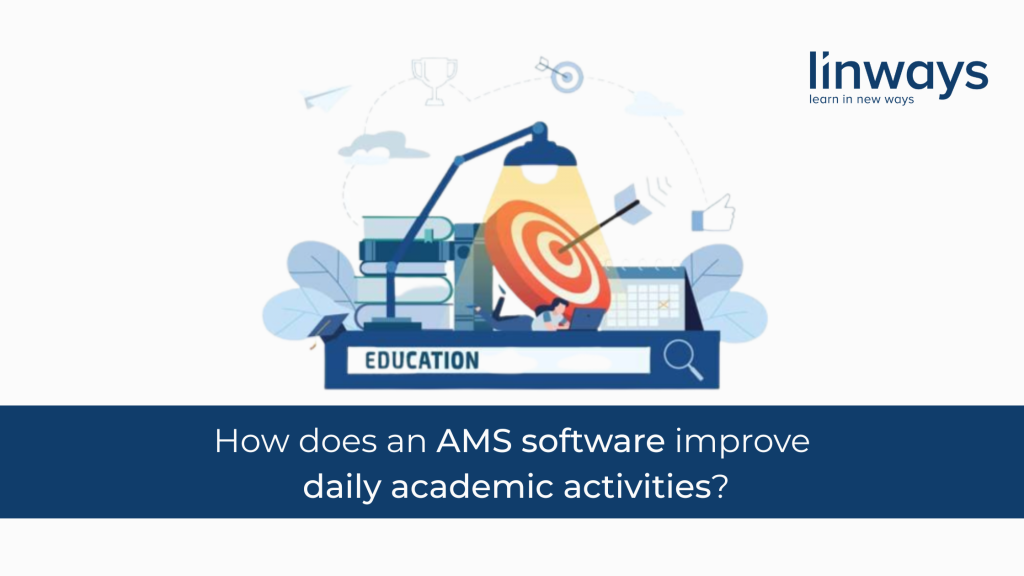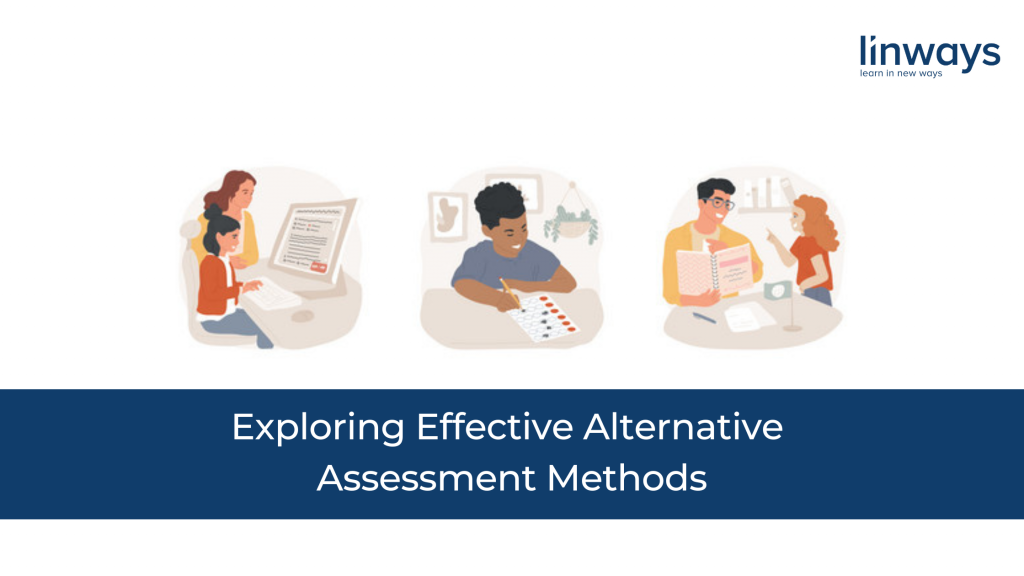
News: “The University Grants Commission (UGC), India, has brought out guidelines for the introduction of the choice based credit system (CBCS) in higher educational institutions for graduate, postgraduate, diploma and certificate programmes. The expressive stated purposes of the introduction of the scheme are mainly to provide an opportunity for students to have a choice of courses or subjects within a programme resembling an la carte menu — as against the mostly fixed set of subjects now being offered except for the limited choice of electives in professional degrees and postgraduate programmes — with the flexibility to complete the programme by earning the required number of credits at a pace decided by the students.”Source.
What is Choice Based Credit System?
Not many among us have heard of such a discipline of education right?
Choice based credit system (CBCS), in the layman’s terms, is where the students can choose the prescribed courses, as the core, and elective or soft skill courses, from a range of options, rather than to simply consume what the curriculum offers. They can learn at their own pace and the assessments are graded based on a credit system. It provides an opportunity for students to have a choice of courses or subjects within a programme resembling a buffett, against the mostly fixed set of subjects now being offered (except for the limited choice of electives in professional degrees and postgraduate programmes) with the flexibility to complete the programme by earning the required number of credits at a pace decided by the students.
According to the CBCS, there will be three main courses: Core, Elective and Foundation. There will also be some non-credit courses available which will be assessed as ‘Satisfactory’ or “Unsatisfactory’. These will not included in the computation of SGPA/CGPA.
And as long as we are on that, another aspect that is closely linked to the CBCS is adoption of letter grading system. The UGC recommends adoption of nine-letter-grades including a one-letter-grade for the absence of the student in the examination.
- O (Outstanding): 10
- A+ (Excellent): 9
- A (Very Good): 8
- B+ (Good): 7
- B (Above Average): 6
- C (Average): 5
- P (Pass): 4
- F (Fail): 0
- Ab (Absent): 0
Also, as the Credit transfer system works, if for some reasons the student cannot complete assessments in all the subjects he has opted for in a certain semester, he/she will have the freedom to study fewer courses and earn fewer credits, and can compensate this in the next semester.
One credit per semester is equal to one hour of teaching, which includes both lecture (L), tutorial (T), two hours of practical work/field work (P) per week. A study course, can have only L component or only T or P component, exclusively, or a combination of any two or all the three components. The total credits earned by a student for each semester will be L+T+P.
Advantages of Choice Based Credit System
- The CBCS offers a ‘cafeteria’ approach in which the students can choose courses of their own choice.
- The credit system allows a student to study what he/she prefers as per his/her interests.
- Students can learn at their own pace.
- They can also opt additional courses and can score more than the required credits.
- Inter college/university migration within the country and outside will become easier with the transfer of Credits. This means that it will be easier for foreign universities to come and offer courses in India.
- Students can opt for one part of the course in one institution and the other part in another institution.
- The system will help the potential employers to assess the performance of students on a unified scale.
Disadvantages of CBCS
- Not very easy to estimate the exact marks.
- Teachers’ workload may fluctuate.
- Universities and institutions will need the proper resources to cater the choices of students.
Conclusion.
Even when the university curriculum prescribes elective subjects, the institutions usually get around the situation by making students opt for one or, at the most, two electives. And this happens, most of the time, because the college does not have the resources in terms of faculty and other infrastructure. For these institutions, whose number is not inconsiderable, to move essentially from their present position to a stage of quality service-provider would require overcoming many obstacles. The current environment which our institutions are working around now, will need some radical changes, or this reform would prove to be one of style without substance.
This system of CBCS is applicable for all the state, central, and other recognized universities. Since the reforms are undertaken by UGC, all the UGC recognized universities and institutions are to get on-board with it. But since one of the most important factor to be looked into regarding this is about the mobility of students among the universities, quite a few would only be considering these changes to be put into practise. Also, a few of the reputed universities are already offering such facilities for their students.
It is still too early to say whether CBCS will be successful or not. The UGC has always initiated measures to bring efficiency and excellence in the Higher Education System of India. All we have are the information that there are multiple methods, followed by different universities across the country when it comes to assessment, evaluation and grading system. So, CBCS would hopefully unify those methods and introduce a universality in education. Also, the quality standards will rise as there are choices offered and the universities and institutions will be forced to provide higher quality education in order to survive.
Credits: http://bit.ly/2fKb6F6, http://bit.ly/2gU0Ejx




